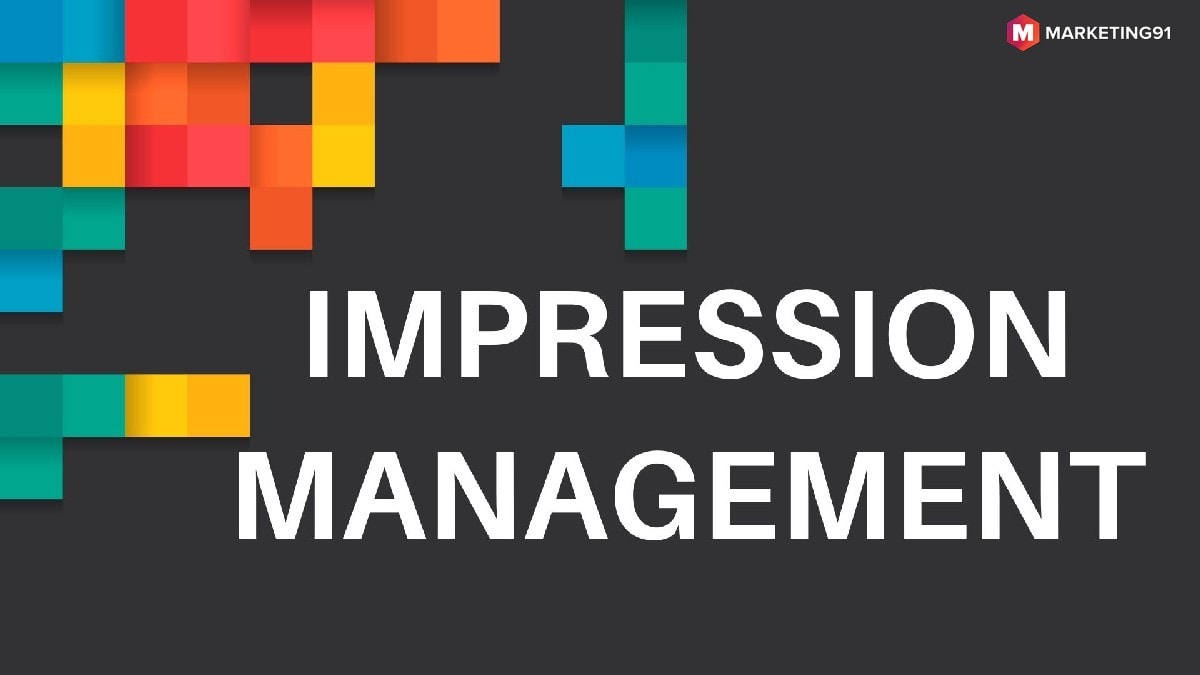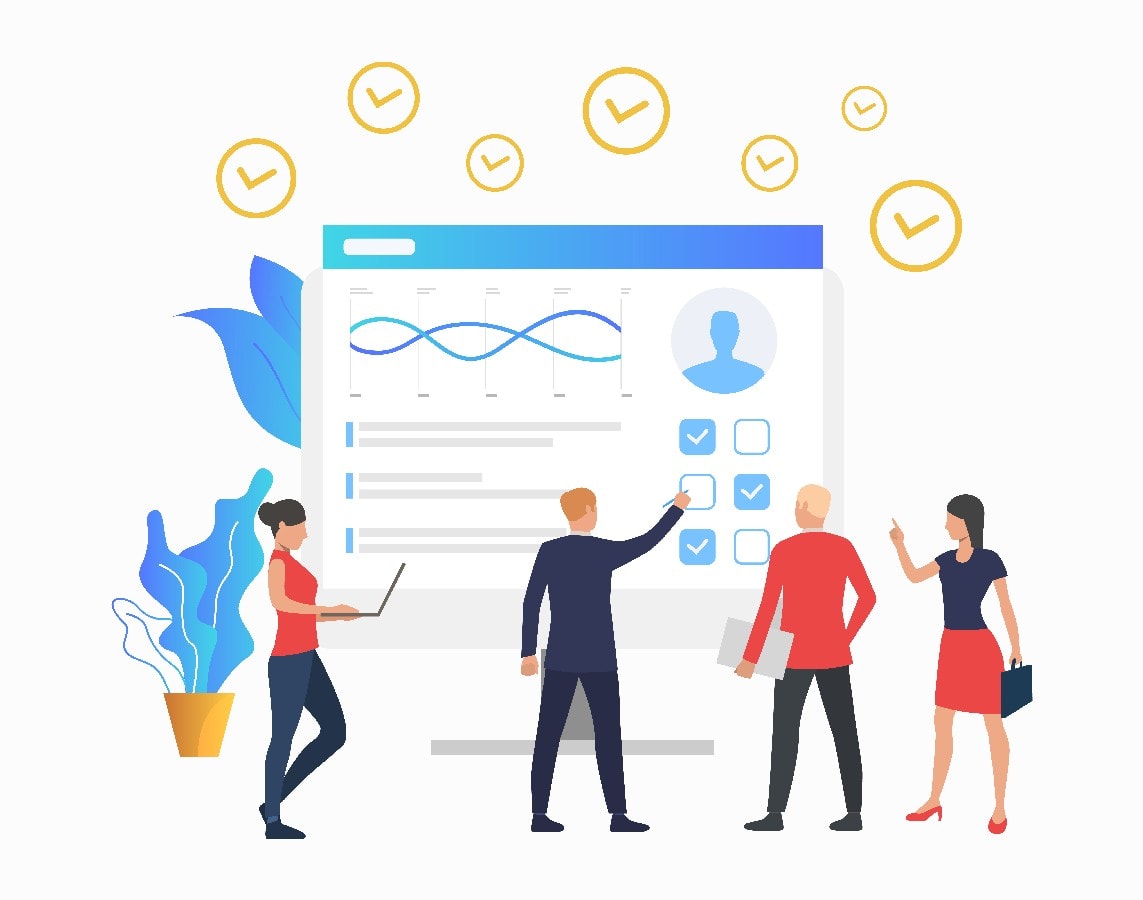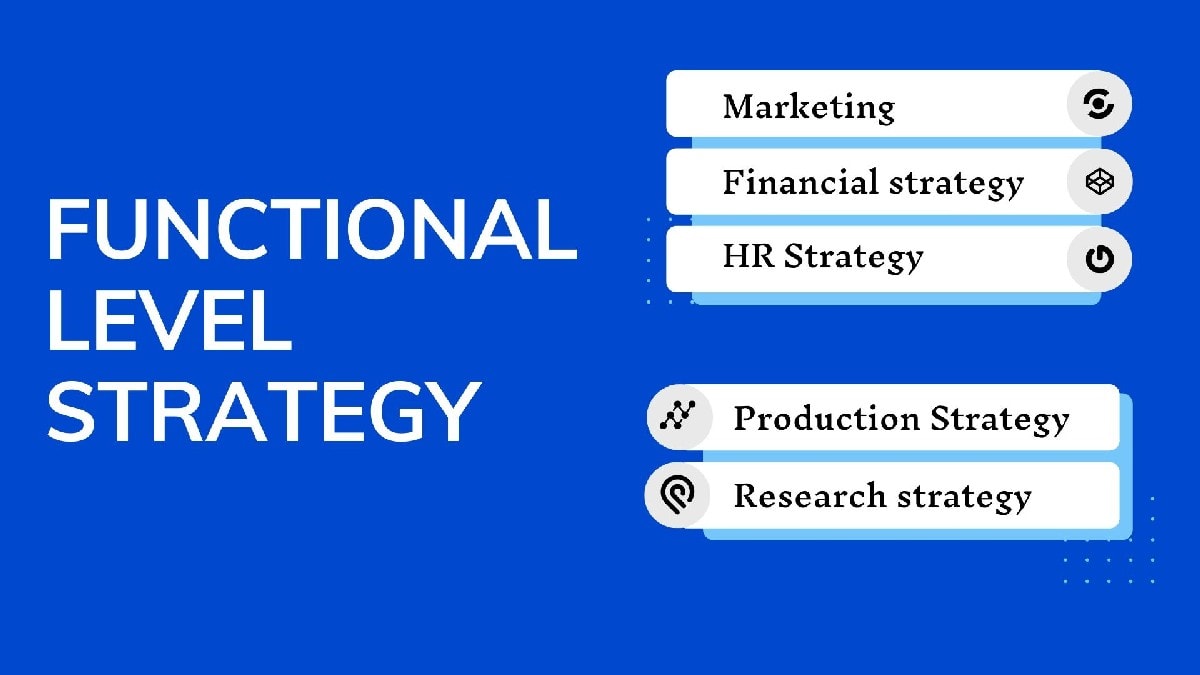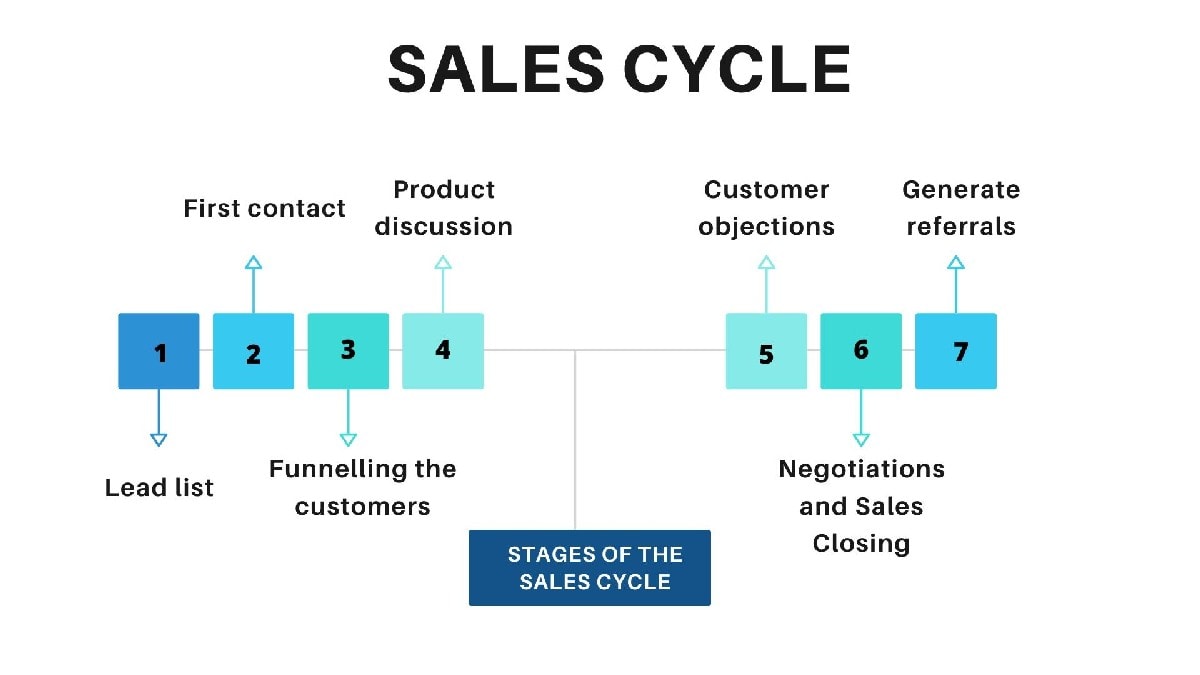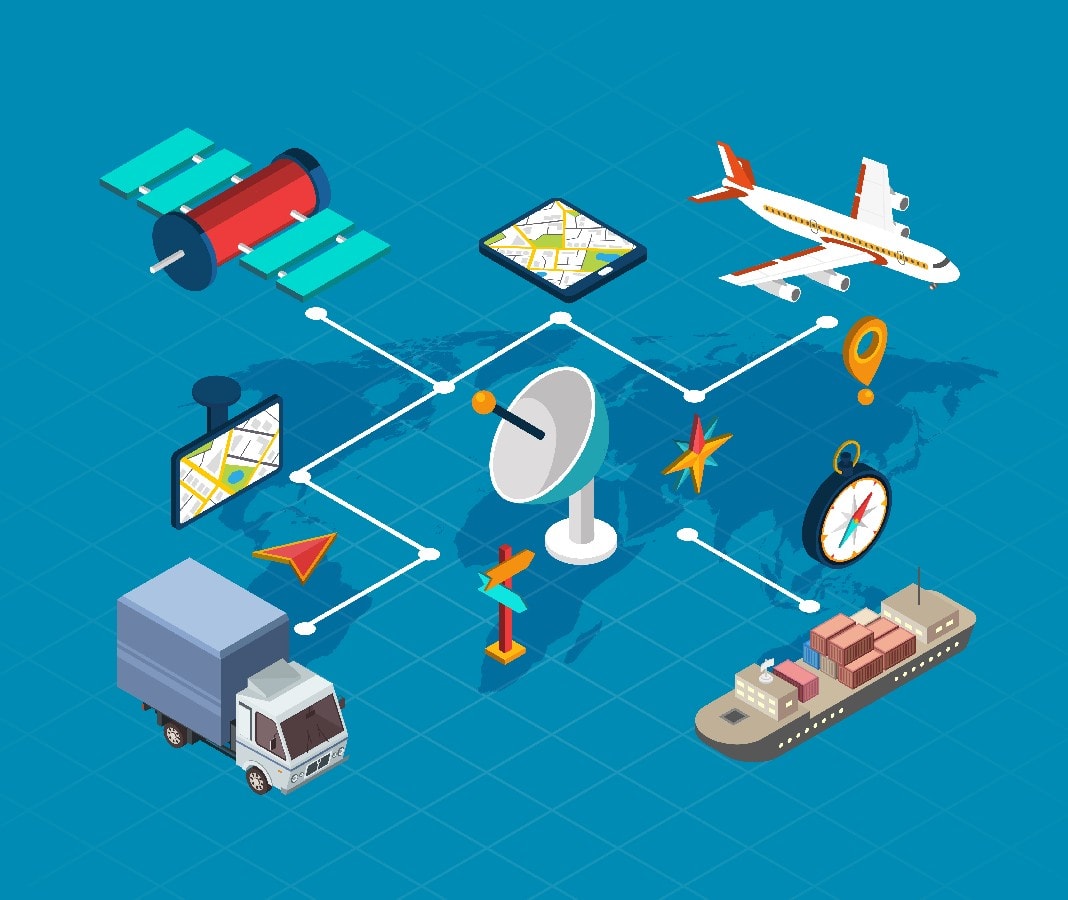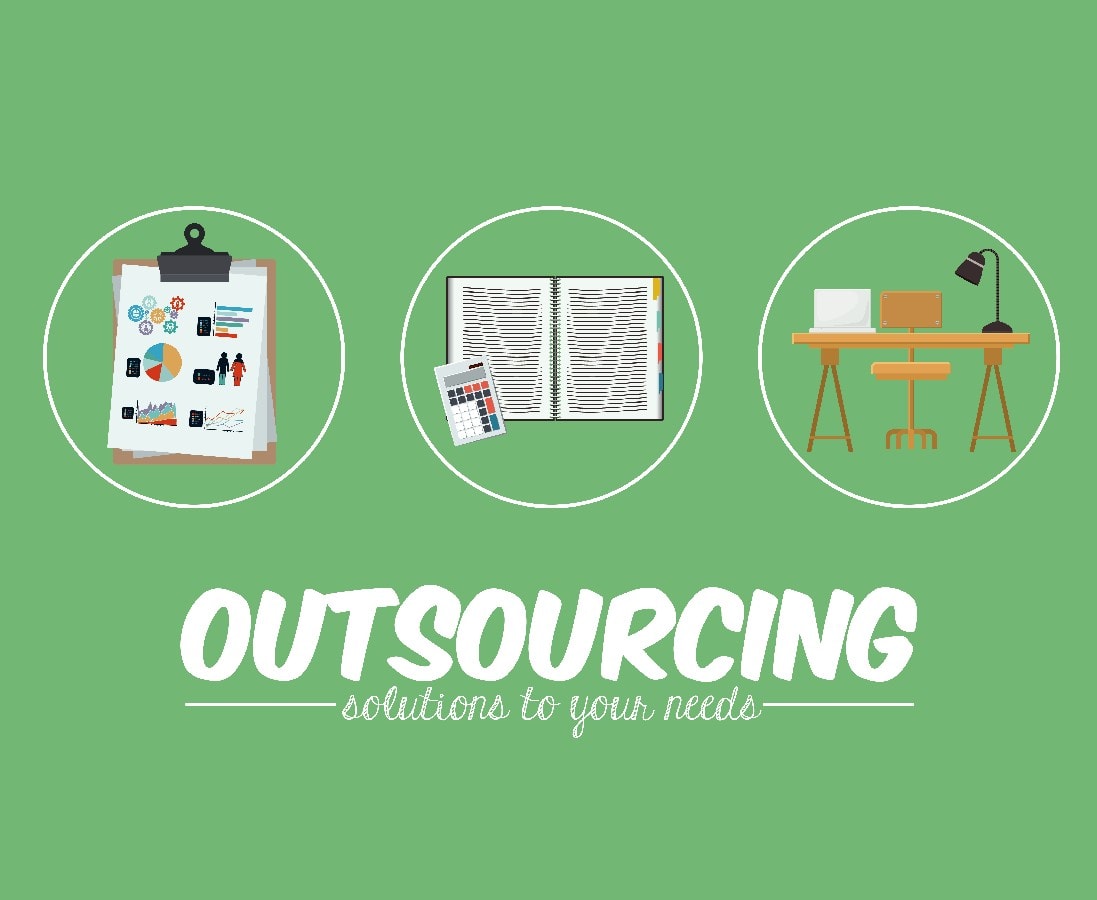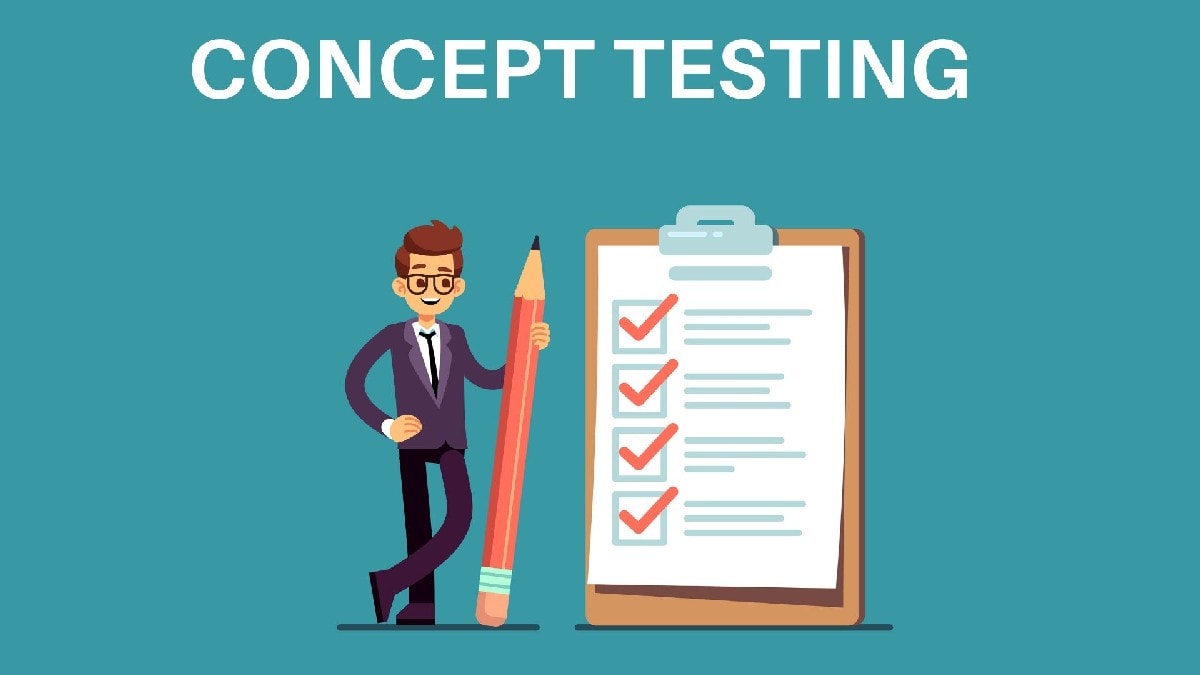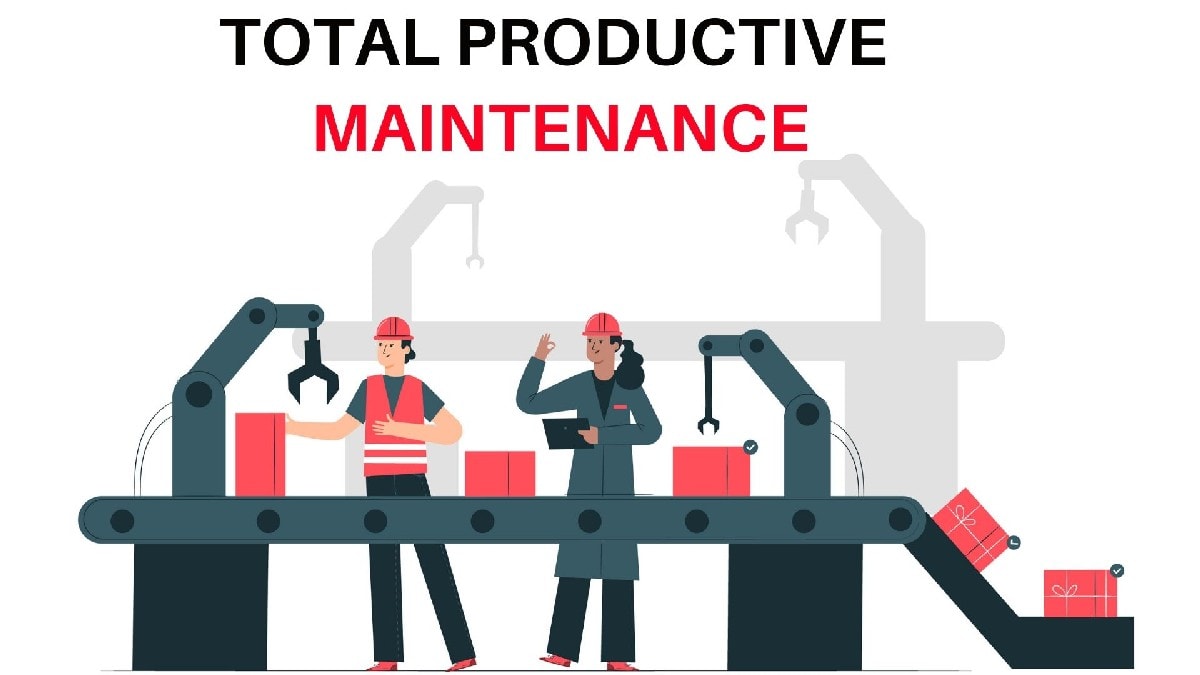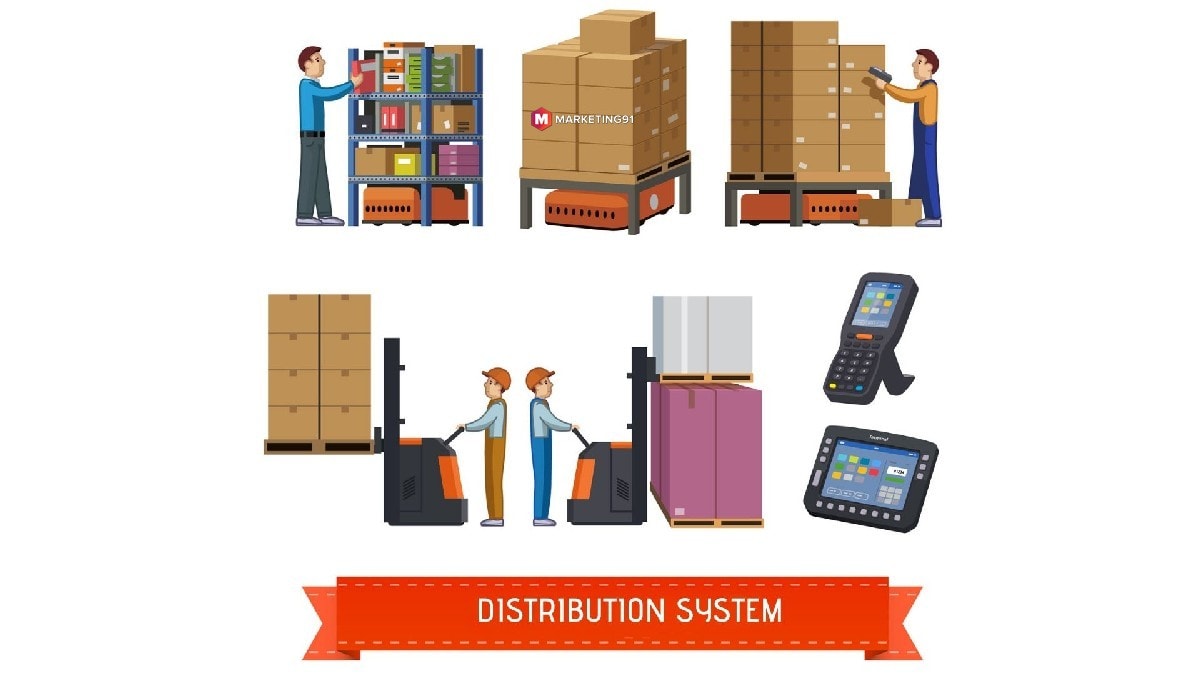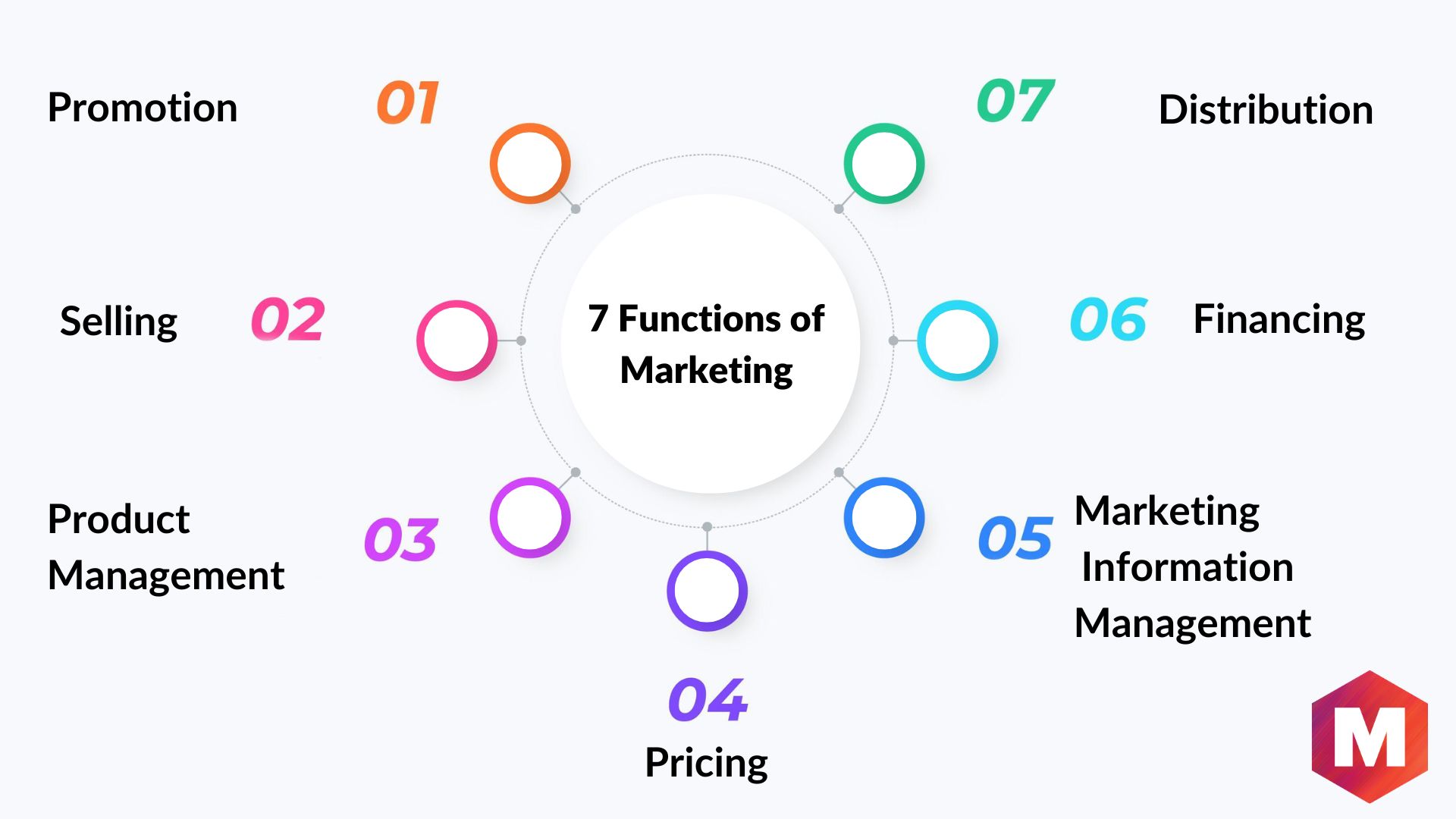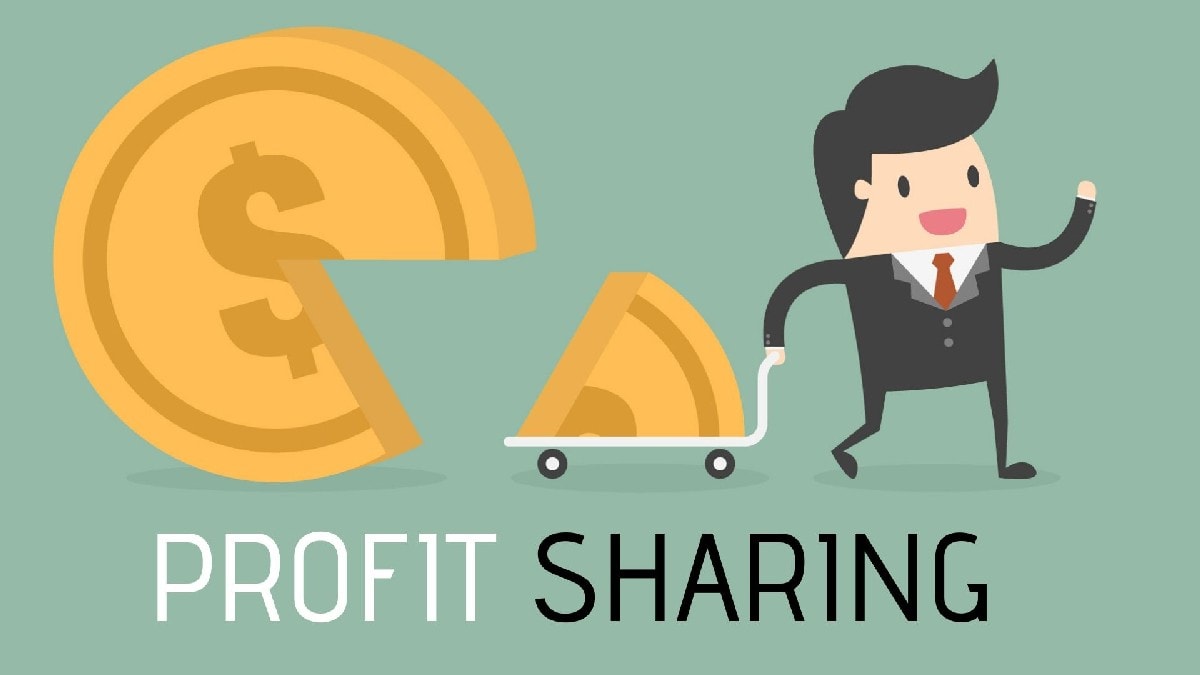Definition Intermodal transportation is defined as a method or system where multiple modes of transportation are used to transport passengers as well as freight. This…
Business Logistics – Definition and Importance
Definition Business logistics is a group of activities that involves storage and movement of products or information from the source from where raw materials are…
Gestalt Theory – Principles, History, Features and Applications
While thinking about any objects or analyzing any thought processes, human beings generally do not just focus on every single element, but they consider things…
Impression Management – Meaning, Examples,Tactics and Strategies
Definition Impression management is defined as a process where someone or other tries to influence the decision, opinion or observation of others about something or…
What is Competency Management? Benefits and Challenges
Definition Competency management is a process to manage and develop the skills of an employee. It identifies essential abilities that are needed to improve performance…
Functional level Strategy: Definition, Examples And Variables
Definition Functional service strategy can be defined as the everyday strategy which is formulated to help in the application of business and corporate-level strategies. Usually,…
Salesmanship – Definition, Importance and Types
The term salesmanship is mainly used for the sale of goods at a personal level. However, it should not be confused with personal selling. Selling…
Self Employment – Definition, Types And Advantages
Self Employment is a state of working in which the individual works for oneself rather than working for any specific employer. If you are a…
What is Sales Volume? Definition and Data Calculation
Sales volume is defined as the number of units sold during a specific accounting period. For example, if a company sold 100 strips of medicine…
Chain Of Command Definition, Levels, Features, Advantages
Managing and running an organisation is a challenging job. It requires a team of people to create discipline in an organisation and to get desired…
What is Sales Cycle? 7 Stages Of Sales Cycle
The sales cycle is defined as a process through which companies pass while selling a product or a service to a customer. It includes all…
What is Transportation Planning? Meaning, Objectives Importance,
Transportation planning is defined as a process for moving goods and human beings and sometimes even animals to their destination. It is referred to as…
What is Buzz Marketing? Tips, Types, and Examples
Buzz marketing is a strategy that involves creating a hilarious, distinctive, and provocative advertising campaign or event and enlisting influencers to promote it. Its goal…
Subcontracting Definition – Why should you hire Subcontracters?
Subcontracting is defined as a practice of outsourcing a part of a task to another party who is known as a subcontractor through a contract….
Work Sampling – Definition, Meaning and Usage
Work-sampling is defined as a technique for determining and predicting the total or the proportion of the time consumed by a specified activity. It is…
What is a Brand Portfolio? Meaning and Examples
A brand portfolio is known as the leading brand of a company that covers all other brands or companies operated by a company. A large…
What is Subliminal Perception? Definition and Meaning
Subliminal perception is defined as a concept where it is easy to achieve mind control without actual or conscious awareness. It is generally referred to…
What is Sales Call? Definition, meaning, Types and Planning
Definition: Sales Call is the face-to-face meeting between the Salesperson or seller and the prospect or the customer to generate business by the mode of discussion….
What is Company Profile? Definition, Meaning, Importance
Company profile is defined as a professional introduction aimed at capturing the attention of the reader and inform him about the company succinctly. It is…
8 Popular Training Methods and their Advantages
Training is defined as an organized process that helps people to learn skills and knowledge for a particular purpose. It is a basic concept that…
Business Model of Quora : How Does Quora Make Money?
A startup, which began on June 2009, and changed the way the world deals with queries they have and questions that go unanswered is Quora….
Business Model of SpaceX – How does SpaceX make money?
Space Exploration Technologies Corp. also is known as Space X, one of the most significant and celebrated companies of the US in the recent times…
Importance of Communication and its Benefits in a Workplace
Effective communication is a soft skill that is in high demand all around the world. It is a two-way pervasive process of exchanging information and…
What is Concept Testing for Products? Definition and Objectives
Concept testing is an excellent mechanism through which any company can identify the feasibility of its product, service, design, or marketing in the target market…
Glocalization: Definition, Examples and Advantages
What is Glocalization? Glocalization is a combination of globalization and localization, wherein the products and services of a company are produced globally but are modified…
What is Internal Environment? Definition and Key Factors
Definition: Internal environment is the set of conditions, factors, or components within an organization that affects how it functions and carries out its operations, and…
What is Landed Cost? Definition, Types and Calculation
Landed cost is a significant term for companies that are involved in importing business. Those businesses need to maintain small costs to ensure their profitability…
Industry Life Cycle – Stages Of Industry
Definition The Industry life cycle denotes the evolution of the industry from the different stages it has to go through based on the characteristics of…
What is Resource Allocation? Definition, Role and Factors
Definition Resource allocation is a process which supports the company goals by managing authorities and assets in a result-driven manner to achieve strategic goals. In…
Trade Marketing: Definition, Strategies, Advantages, Disadvantages
What is trade marketing? Trade marketing is one of the oldest and primary methods of marketing. In trade marketing, the focus of the manufacturer is…
Zero Hours Contract – Advantages and Disadvantages
Zero Hours contract is an agreement between an employee and a company that doesn’t have any fixed time. In this, the employee does not have…
Total Productive Maintenance – Definition, Meaning, Objectives
Definition Total productive maintenance is also popularly known as TPM and is defined as an approach towards equipment maintenance. Its objective is to attain one…
Planned Obsolescence – Meaning, Types, Strategy, Pros and Cons
Definition of Plan Obsolescence Planned Obsolescence is the purposeful introduction of limited life artificially for a product or a design of the product so that…
Primacy Effect in Psychology Definition And Overview, Define Primacy Word
Definition The primacy effect is an ability to summon up information at the initial level. In psychology, it is defined as an involuntary bias that…
Distribution System: What it is and Types of Distribution Systems
A distribution system involves the delivery of material right from manufacturing, to distributors to the end customer. It consists of all the methods, procedures, equipment…
What are the 7 Core Functions of Marketing? A Complete Guide with Core & Other Functions
Marketing is more than just advertising your products or services; it is essential to the growth of your business. Managing marketing information, offering financial solutions,…
9 Characteristics Of Globalisation
Globalization is geographic distribution and scattering of business, service, and or industrial activities by various means of an association like collaboration, joint venture, partnerships, or…
Profit Sharing: Definition, Objectives, Methods
Money, as we all know, is a great motivator, and if an employee is offered a chance of owning a part of profits, it takes…
What is Commercialization? A Comprehensive Guide with Definition, Stages, & Examples
Commercialization is the process by which a new product or service is introduced to the general market. It’s about transforming ideas or inventions into viable…
Descriptive Research – Characteristics, Methods, Examples, Advantages
Descriptive research is a type of research that provides an in-depth description of the phenomenon or population under study. Descriptive research is neither in the…



